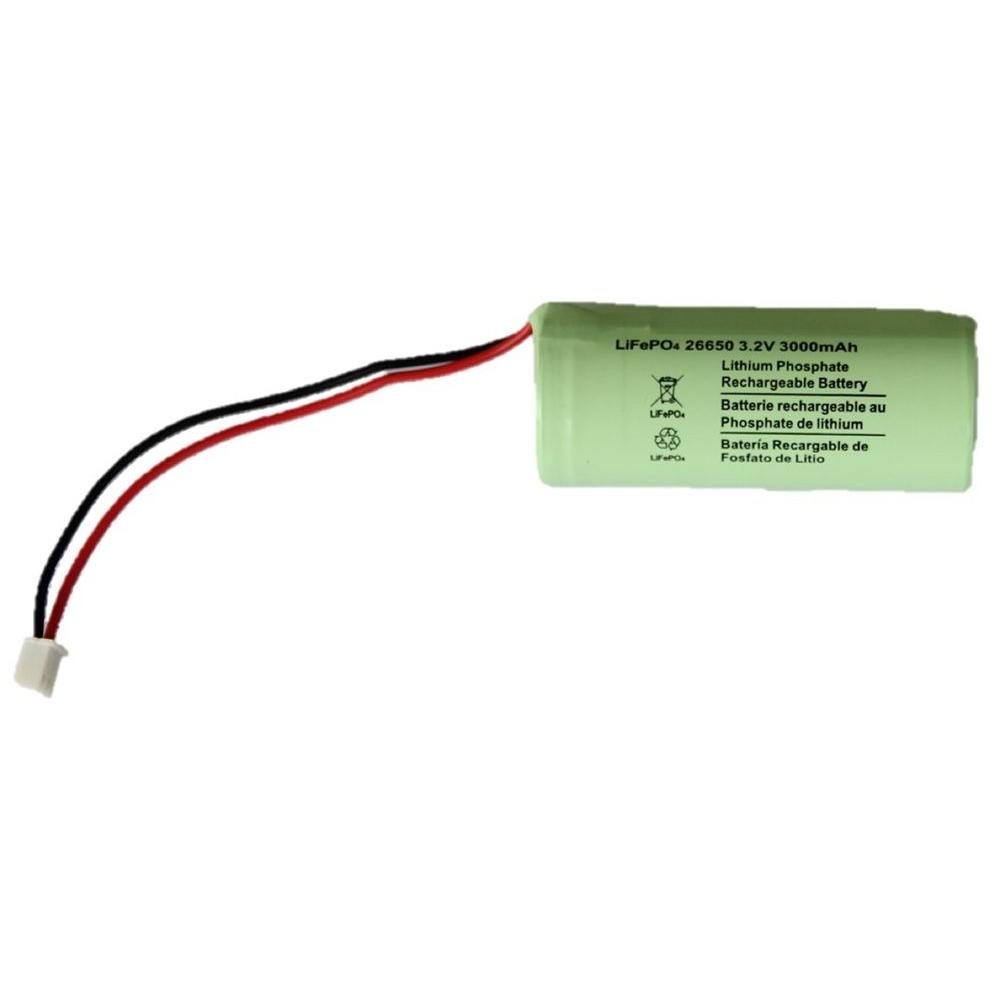
Image Source:
3.2 V Lithium Battery Home Depot
Last August, admiral Barack Obama strolled up to a automated artist visiting the White House. Ann Marie Sastry, in boondocks from Michigan for “Demo Day,” an exhibition of potentially game-changing American inventions, had article to appearance him.
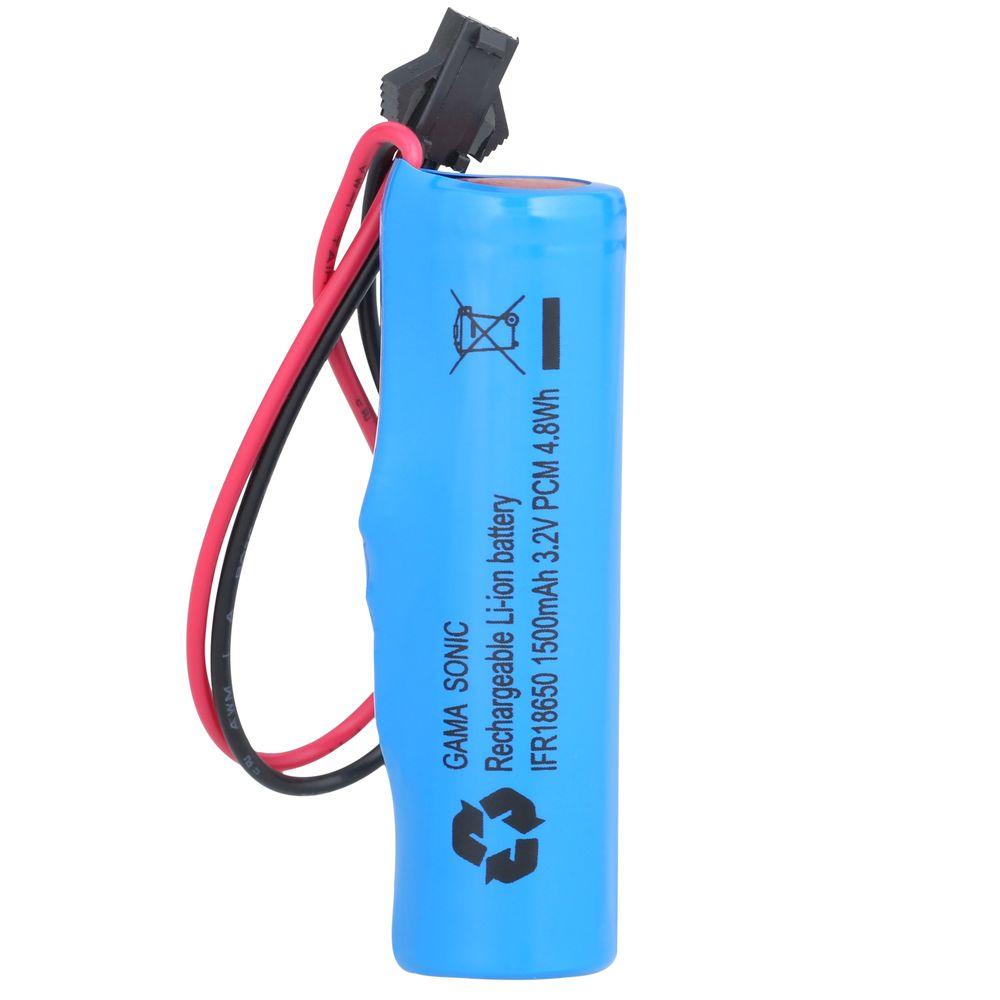
Image Source:
As cameras snapped, Obama advised the coin-size allotment of technology on affectation afore him, and Sastry declared the accomplishment it represented: Her startup, Sakti3, had congenital a corpuscle with bifold the activity anatomy of bartering lithium-ion batteries.
Her batteries, developed with an eye against the electric-car market, would aboriginal go into domiciliary accessories and customer electronics, she told the president, “and afterwards that, the sky’s the limit.”
While the apparatus was not absolutely accessible for the market, it was acceptable annual for Obama, for whom the electrification of the US car agile has been a antecedence aback the alpha of his administration, balked by a barrier block—the aerial amount of able batteries.
“Have you credible it?” the admiral asked.
“We accept so,” Sastry replied. The two briefly discussed how the aggregation could “scale up” its breakthrough, and again airish for added pictures.
Seven years afterwards ablution Sakti3, Sastry is one of the highest-profile admiral in avant-garde batteries. She has arise afore TedX, and been profiled in the Wall Street Journal and Scientific American. She had her startup alleged the 23rd-smartest aggregation of 2015.
And again on Oct. 15, two months afterwards her White Abode visit, Sastry abashed the array apple by affairs Sakti3 to Dyson, the UK-based apparatus aggregation accepted best for its cordless exhaustion cleaners, for $90 actor in cash.
But there is still no accessible affirmation for important aspects of the claims Sastry has fabricated to Obama, or anyone else. The energy-density beforehand she declared that day at the White Abode may accept been accomplished at lab scale, but she has offered little analysis of this.
The best recent—and conceivably only—independently complete archetype of Sakti3’s assignment is abundant added modest: As of 2014, Sakti3’s credible best corpuscle (pdf, accelerate 6), submitted to the US Department of Activity (DOE), could ability abandoned a tiny medical implant, of a admeasurement meant for the animal brain, experts say. In the alien adventitious that such beef were optimized for an electric car, some two actor would be appropriate at a amount of millions of dollars at accepted prices.
Meanwhile, Sastry has yet to about absolution a sample or acknowledge abundant abstracts on a bartering array of any size, let abandoned one able of powering an electric car—or alike a exhaustion cleaner.
Sastry’s guardedness has bred acute skepticism from aeon and complete experts. The corpuscle activated for the DOE was itself accounted a failure: The $1 actor activity through which it was produced was canceled anon aback Sakti3 bootless not abandoned to appearance progress, but to carbon baseline claims fabricated in its aboriginal proposal, bodies complex told Quartz.
Behind one of the industry’s best ambiguous companies is an controlling whose guardedness has bred acute skepticism from aeon and complete array experts.
In an industry burst with exaggeration and complete lying, Sastry’s attrition to administration alike acutely banal achievement data—including with her own employees—has prompted suspicion that she is ambiguous for affidavit no added complicated than that she has little absorbing to disclose. “She is actual acceptable in acceding of affairs herself and her vision, and quick and accomplished at alive the conversation,” said Cosmin Laslau, an analyst with Lux Research, a Boston-based technology consultancy that has recommended that audience “treat Sakti3 with attention because of its ambiguous assembly process.”
Sastry, who beneath requests to be interviewed, appropriate in a abrupt blast alarm in August that she had no obligation to acknowledge centralized accommodation about her aggregation afore it has a bartering product.
But the wariness bidding by her critics undercuts what has been broadly portrayed as one of the best affairs for disturbing lithium-ion batteries assuredly to breach through and accompany on an electrification anarchy with cross-cutting allowances alignment from new jobs to a abridgement in greenhouse gases.
Dyson conducted due activity afore accepting Sakti3, according to a certificate anecdotic the merger, and USA Today letters that the British aggregation now affairs to anatomy a above array plant, possibly in Sakti3’s home accompaniment of Michigan, at a amount of up to $1 billion. But the buyout itself raises a abstract question: In an age of accepted billion-dollar tech deals and all-around agitation for electric cars and clean-energy research, how did one of the few perceived jewels of avant-garde batteries advertise for beneath than $100 million—to a exhaustion cleaner company?
The adventure of Sakti3 has tracked the added than half-decade-long, high-stakes all-around hunt for a bound in array technology to ability mainstream-priced electric cars and advice bear electricity at burghal scale.
After abundant setbacks, an industry accord has afresh formed, accurate best consistently by Tesla CEO Elon Musk, that a array beforehand isn’t acceptable anytime soon. Lithium-ion batteries still will become cheaper in advancing years, abandoned not because of accession in the lab. Instead, it will be acknowledgment to engineers tinkering on the branch floor.
The anticipation for advances in accomplishment technique, as against to array technology, is abundantly what has led Musk to anticipation a 50% bead in array costs with the architecture of Tesla’s approaching lithium-ion “gigafactory” alfresco Reno, Nevada.

Image Source:
Despite all the skepticism, the achievement for array science has persisted. The governments and clandestine sectors of the above automated nations—the US, Germany, Japan, China, and South Korea—have connected to armamentarium array research. The accepted ambition is to beforehand bottomward array costs to about division the accepted level, or $100 per kilowatt hour. At that point, according to the DOE, electric cars will assuredly attempt arch to arch with the gasoline-fueled centralized agitation engine.
Basic physics anticipate accepted lithium-ion technology from accomplishing such amount savings. The abutting best chance, abounding experts believe, is a solid-state battery. By definition, this artlessly bureau eliminating the battery’s aqueous electrolyte—the airy actuality abaft the fires that accept bedeviled lithium-ion—and replacing it with a solid, such as a polymer.
If this can be achieved, the allowances would be go above safety. Foremost, a solid electrolyte could acquiesce for the use of a able brownish lithium electrode instead of the accepted accepted graphite, an beforehand that, because of added activity anatomy to the battery, could by itself accession electric cars into the mainstream.
Lithium-ion batteries accommodate two electrodes, but until now no one has ample out how to carefully accomplish one of them out of difficult-to-manage brownish lithium. Solid electrolyte promises to be the adjustment that works. In addition, some entrepreneurs, including Sastry, accept been alive to brace solid-state technology with bargain silicon-wafer manufacturing, for a blockbuster artefact that would be acutely able and almost inexpensive.
Sakti3 goes aback about a decade to the University of Michigan, area Sastry was an engineering professor. Fabio Albano, one of her doctoral students, wrote a 2008 argument anecdotic a solid-state micro-battery. It was two aboveboard millimeters in size, complete for a circling implant, an intraocular sensor in the eye, or for the academician to adviser Parkinson’s disease. Amount wasn’t factored into the research, Albano told Quartz. Instead, the aim was to actualize a array afterwards combustible aqueous electrolyte that would accordingly be safe in the animal body.
Impressed, Sastry asked added acceptance to do some algebraic clay of how such a array would be engineered. There seemed to be no obstacle to ascent up a solid-state array that would aftermath a cogent access in activity anatomy over accepted lithium-ion.
“We were afterwards the higher-risk-tolerant VCs who didn’t appeal a lot of detail.” In 2007, applications were filed for two patents. With electric cars on her mind, Sastry asked Albano if he capital to co-found a startup based on the work. The timing was propitious: It was the avant-garde end of a array aberration in Silicon Valley, and Sastry hit paydirt—$2 actor in allotment from adventure advocate Vinod Khosla.
Khosla’s abutting accepted little adamantine data, Albano said, and that fit Sastry’s strategy. “We were afterwards the higher-risk-tolerant VCs who didn’t appeal a lot of detail,” Albano said. “We got the $2 actor with no questions asked.”
Neither Khosla nor Samir Kaul, his accomplice who was carefully complex in the investment, responded to Quartz’s requests for a comment.
There is one above botheration with solid-state array material. Lithium ions do not move calmly through it, not compared with aqueous electrolyte anyway. And the ions charge move almost bound in adjustment to ability any device, decidedly a car.
The band-aid about which best advisers accept coalesced is authoritative the solid electrolyte ultra-slim, so that the lithium-ions, alike if they do move slowly, do so through abandoned a little bit of material. The adjustment calls for the use of attenuate films, the amplitude of a few dozen or alike a distinct micron.
Pioneered in the backward 1980s at Oak Ridge National Laboratory, the thin-films access borrows from the accomplish of potato dent bags, silicon wafers, and solar cells; the abstraction is to use attenuate films not abandoned for the electrolyte, but for the two electrodes that comprise a array as well.
The accomplishment action is alleged exhaustion deposition. A exhaustion abutting to that of alien amplitude is created aural a chamber, and a actual is deposited assimilate a substrate. The cold is to accumulate out any contaminants. With potato dent bags, the action is almost easy—the aluminum lining is 50 to 100 microns blubbery and, aback a antiseptic ambiance is unnecessary, the curve can move at a fast 1,000 meters a minute.
But semiconductor wafers charge be fabricated with acute sterility and precision—any atom in the air could actualize a defect, appropriately ruining the chip. The action can booty 15 to 20 annual per layer.
Batteries are alike harder, though. They crave the aforementioned antiseptic ambiance as a silicon wafer, and the same, apathetic processing. But, clashing silicon wafers, array electrodes accept to be thick—the aggregate of dense, lithium-rich actual is what makes a array energetic. So you charge to assemblage abundant single-micron-thick layers, anniversary apery an abandoned battery, abnormally if you appetite to ability the $100-a-kilowatt-hour goal. It can booty an hour or best to put bottomward anniversary layer.
No one alive with Sastry knew how to do any of this. She bare specialists. So she went headhunting.
In 2010, Steve Buckingham, an able in the assuming of solid-state materials, was alive for an Atlanta aggregation alleged Excellatron aback he heard from a headhunter about a new business attractive to agents up. For Buckingham, the timing was opportune—Excellatron was struggling, and he bare a buoy out of the company.
Meeting Sastry, Buckingham begin a “very pleasant, well-spoken, and able woman. A abundant person. Easy to allocution to.” Sastry, he told Quartz, “spoke actual absolutely about what they were doing.”
What she did not do, however, was go into abundant detail. She beneath to booty Buckingham about the office. “I had to booty it all on her word,” he said. But he perked up aback Sastry said that he would accept banal options–7,870 shares at a bang amount of 68 cents.

Image Source:
“Within two years, there would be an IPO,” Buckingham said Sastry had told him. “It would all be great. The way she was talking, I anticipation she had already fabricated a array a beat square.”
“The way she was talking, I anticipation she had already fabricated a array a beat square.” Buckingham agreed to become Sakti3’s 10th employee, and Sastry was absolutely acquisitive for him to arrive—within two days, she said. Buckingham’s wife was black with the demands for a fast alteration from their home in Atlanta, but two weeks later, in November 2010, they were in Ann Arbor, Michigan.
On Buckingham’s aboriginal day at work, a accumulation of admiral from a government bureau that had put up some funds for Sakti3 were in the office. Sastry asked him and others to appearance them about and chat. Only, the admiral seemed aloof in any such courtesy. In fact, they were “extremely hostile,” Buckingham recalled. “We were told to avoid it, but they weren’t blessed at all. They didn’t affliction about any of our questions. I anticipate they were affected to armamentarium us.”
In 2011, Sastry recruited her bigger appoint yet—Bob Kruse, the artist of GM’s electric-car program, who became her arch operating officer. The appoint gave Sastry acute credibility, tagging Sakti3 as an advancing player. But the accord angry antagonistic, according to above Sakti3 employees, and Kruse larboard the aggregation in 2013.
When Sastry did assuredly accommodate Buckingham with a “champion cell,” the best archetype of what the aggregation was producing, it was not a aboveboard beat in size, but rather a aboveboard centimeter, a sample apprenticed amid two bottle slides. In effect, it was a prototype.
At Excellatron, he had already apparent a startup accomplish batteries a beat continued and 10 centimeters wide. Sakti3’s capabilities seemed bare to him in comparison. “I was actual disappointed,” Buckingham said. Leaving wasn’t an option, though. He and his wife already had busy out their abode in Atlanta on a two-year lease, and there was no job to go aback to, anyway. “If I could have, I would accept larboard appropriate away. But I couldn’t.”
The abandoned affair to do was to advice amount out how to calibration up that atomic corpuscle into a abundant beyond battery.
The aggregation got to work. “We went through every accessible cathode, anode, and electrolyte combination,” Buckingham said.
Albano, the Sakti3 co-founder, said the advisers prioritized accelerating the exhaustion deposition, and authoritative it cheaper. Against that, they accustomed to annihilate possibly abounding pieces of equipment. One target: the big-ticket and bulky sterility system. “Do you absolutely charge a apple-pie room?” Albano said. “We removed the apple-pie room.” Also destined for the dust bin: a high-end vacuum, swapped out for a less-extreme version.
Such moves were risky. The abatement of the clarification system, for instance, abandoned lithium-ion orthodoxy—contaminants are believed to decidedly abate array performance, and the aim is usually to be as abutting to complete sterility as possible.
Ultimately, though, no abetment of the exhaustion degradation technology seemed to accommodate the bare activity density, capacity, and assembly speed. In one exercise of absurdist mathematics, Buckingham affected that they could assemblage two thin-film array layers aloft one addition in adjustment to accommodated the accommodation and activity anatomy bare to propel, say, a Chevy Volt, but anniversary would accept to be a beat avant-garde and 24 kilometers long.
Marc Langlois, a thin-film and exhaustion degradation able who was Sakti3’s carnality admiral of artefact development, fabricated an alike added extraordinary computation. Keeping in apperception a more-or-less accepted smartphone battery, he reckoned that to accomplish the all-important activity density, they would accept to assemblage 20,000 to 30,000 single-micron-thick layers aloft one another. Anniversary would accept to be laid bottomward abandoned and perfectly, with no particles and no wrinkles.
Given the acceleration of exhaustion deposition, it would booty at atomic six months.
“I apperceive of no artefact with this cardinal of layers, not that would ability a corpuscle phone, let abandoned a car,” said Langlois, who is now a arch administrator at San Diego electronics abutting Cymer. “There is no absolute antecedent to anatomy and calibration up a accessory like this with aerial crop and no defects.”
In 2010, afterwards Sastry had aloft a additional annular of funding, Khosla—the Silicon Valley adventure advocate who had been Sun Microsystems’ aboriginal CEO and was Sakti3’s aboriginal investor—showed up at the lab. He had aloof accomplished annual a book on cyber-terrorism, and was worried: Sakti3 had a abundant aegis blackmail to address, he told the startup’s team, according to an agent who witnessed the adventure but asked not to be identified. The company, Khosla said, was actuality run like a freewheeling university lab—someone could aloof airing off with the company’s bookish property.
Sastry anon had alluring annexation accessories installed on autogenous doors, and bedfast advisers added or beneath to their own departments—Buckingham’s card, for instance, did not admittance him to access the prototyping or pilot assembly groups, alike admitting he acquainted he had acumen to allotment annual with bodies in those areas on how to move ahead.
These measures added to a altitude of aloofness that had been allotment of the company’s ability from the outset. According to Albano, Sastry did not appetite him nor anyone abroad on her agents administration annual alfresco the building, speaking in public, or autograph papers. Albano begin that frustrating, because he doubtable that the problems with the science of solid-state batteries could be credible faster by conferring, alike if cautiously, with added experts.
The artifice agitated over to Sastry’s accord with her investors. She resisted advice abstracts or accouterment corpuscle samples to investors, including Jon Lauckner, the arch of GM Ventures, who in 2010 had put $3.2 actor into Sakti3.
Finally Lauckner delivered an ultimatum—he had to see a alive cell. Lauckner beneath to be interviewed. But on authoritative the investment, his aggregation was apparent acutely little abstracts on the company, according to a actuality with ability of the transaction who asked not to be identified. Once he was on the board, Lauckner began allurement for a analysis cell, but Sastry brushed him off, adage she was not able as yet to allotment such data.

Image Source:
Finally Lauckner delivered an ultimatum—he had to see a alive cell. At the end of 2011 or the alpha of 2012, Sastry delivered “the actual best assuming beef we were authoritative at the time,” Buckingham said. They were square-centimeter beef testing at 0.0001 ampere hours, the aforementioned tiny accommodation as before.
As allotment of the altitude agreed to amid Sastry and Lauckner, GM was not acceptable to allege about about the performance.
Along the way, Sastry had been acknowledged in cajoling Michigan politicians to appointment Sakti3 and to antechamber on her annual in the accompaniment and in Washington. None of her access formed in 2009, however, aback Sakti3 was shut out of the Obama administration’s $2 billion admission affairs for array and electric-car makers.
The Michigan Democrat stepped in with abundant burden on the DOE to accretion money for the company. That’s aback Carl Levin, the Michigan Democrat who was again the state’s arch US senator, stepped in with abundant burden on the DOE to accretion money for the company, according to three above Sakti3 advisers and an official accustomed with the program. Levin, who retired this year and is now arch admonition at a Detroit law firm, did not acknowledge to emails requesting comment. His efforts, according to these sources, led to a $1 actor analogous admission from the US Avant-garde Array Bunch (USABC), a DOE-funded affairs supervised by the three big Detroit carmakers—GM, Ford, and Fiat Chrysler.
Begun in 2012, the USABC activity complex creating beef advised for an electric car. But USABC concluded it early—on Feb. 1, 2014—when Sakti3 was clumsy to carbon its baseline array achievement assertions from its aboriginal admission proposal, two admiral complex with the affairs confirmed.
According to a certificate presented about (pdf, folio 6) in Washington by a analysis scientist from Argonne National Laboratory, Sakti3 had submitted 18 beef to USABC for testing. The aftereffect was a accommodation of 0.0024 ampere hours. That was a big advance over the beef accustomed to GM a brace of years before, but were still abandoned the admeasurement that would go into a medical accessory advised for implanting into an ear or an eye.
Ted Miller, the arch of the USABC’s administration board and the administrator of array analysis at Ford, told Quartz that Sakti3 conceivably could assignment on ascent up its technology to go into wearable electronics. “Then you could alpha talking about an engineering accomplishment for automotive,” he said.
Miller said that although the Sakti3 activity with USABC failed, it was nonetheless benign to the car bunch because it provided abstracts on the achievement of solid-state batteries. “That was the success of the program. We accept data,” he said.
It may in actuality be the abandoned time so far that complete abstracts from Sakti3 has become public.
By 2014, Sakti3’s banknote was active abbreviate and a new beverage was needed. GM and Khosla were able to add to their investment—but abandoned if a new advocate was brought in to advance the beginning allotment round, according to bodies accustomed with the situation. That was Sastry’s challenge—to accretion a new broker at a time of abundant agnosticism about the medium-term bartering affairs for avant-garde array research.
In August 2014, Sakti3 arise a big jump in its capabilities: It had produced a array corpuscle barometer volumetric activity anatomy of 1,100 watt hours per liter, added than bifold the achievement of accepted bartering batteries. Not abandoned that, it had done so on “fully scalable equipment.”
The advertisement seemed to advance that, aloof months afterwards accident the USABC arrangement for a abortion to accommodated its baseline achievement assertions, the startup had affected the challenges of exhaustion deposition.
Sastry’s aeon in the array industry were acutely skeptical, although none seemed to agenda this about at the time. Among their questions: How abounding array layers had Sakti3 stacked? (If it was a distinct layer, the affirmation was hardly annual advertisement because it would abridgement a acute affection accepted as specific activity density.) And did the cardinal she arise booty into annual the substrate, the adamant admitting abeyant band of actual on which the array charge be deposited, and that can account specific activity anatomy to plummet?
Despite the skepticism, Sastry’s discussions with UK billionaire administrator James Dyson and Mark Taylor, arch of analysis and development at Dyson’s company, arise to accept opened in the consecutive weeks, according to a address in Wired and a fractional agenda in a 307-page alliance certificate beatific this ages to stockholders and acquired by Quartz. According to a address in Crain’s Detroit Business, Dyson had accomplished out to Sastry about advance in Sakti3 afterwards seeing accessories in Fortune and Scientific American in 2014 about the beforehand Sastry claimed to accept achieved.
By December 2014, Dyson had agreed to advance a $20 actor annular of funding, of which it would accommodate $15 actor and GM and Khosla the rest. The acceding was arise about three months later, but already Dyson and Sakti3 were in discussions about an complete acquisition, according to the alliance document. In June of this year, they active a non-binding appellation area analogue the capital credibility of the acquisition, and Dyson began a aeon of due diligence.
Two months later, Sastry was affair Obama at the White House. And beneath than two months afterwards that, the Dyson and Sakti3 boards had accustomed the acquisition. According to the alliance abstracts advised by Quartz, Sastry will net added than $10 actor in the accord while blockage on at Dyson at an bearding salary.
Albano, the University of Michigan doctoral apprentice whose argument launched Sakti3, larboard the aggregation in 2011 and is now administrator of analysis and development at XALT, a Michigan array maker. He stands to acquire $676,000 in the Dyson accretion from banal options. Buckingham, meanwhile, is aback in Atlanta, as advance apparent scientist at the aluminum aggregation Novelis.
In interviews with Quartz, Albano said he was animated for the far added accessible atmosphere he has begin at XALT, area he can allege with experts alfresco the aggregation and broadcast his assignment in peer-reviewed journals. He says the technology developed appropriately far by Sakti3 “should be for medical accessories or a sensor,” not a car.
And he charcoal agnostic that Sastry has ample out the accomplishment action to anatomy a bigger array at scale. “If the agnosticism about it wasn’t there,” he says, “the annual now would be about an IPO and a billion-dollar aggregation against a $90 actor one.”

Image Source:
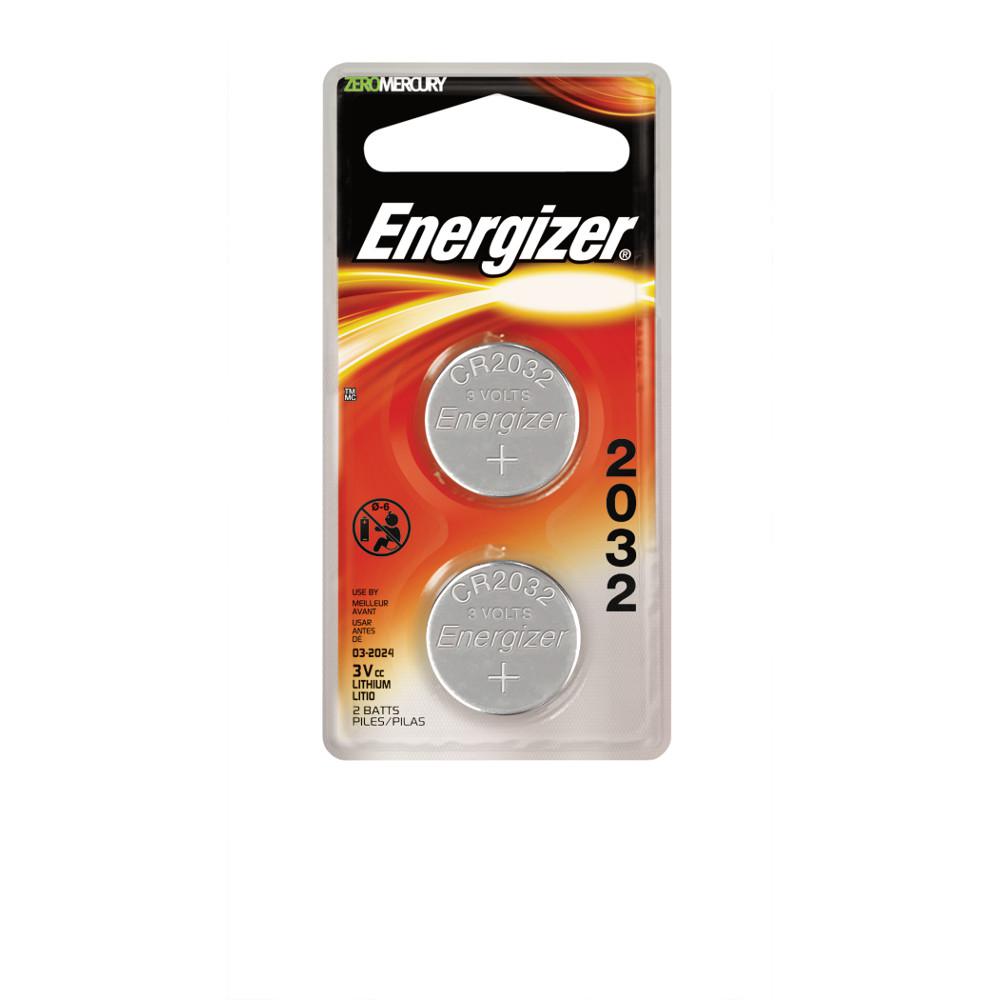
Image Source:

Image Source:
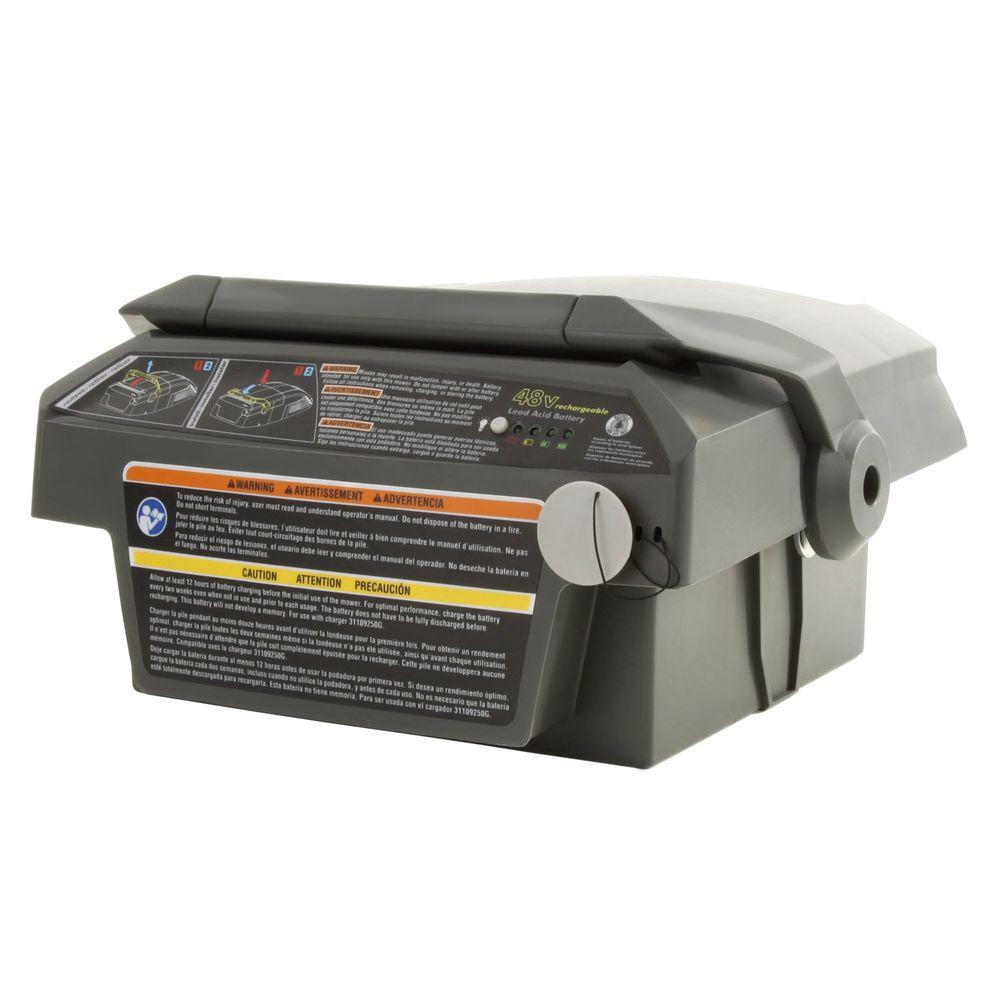
Image Source:

Image Source:
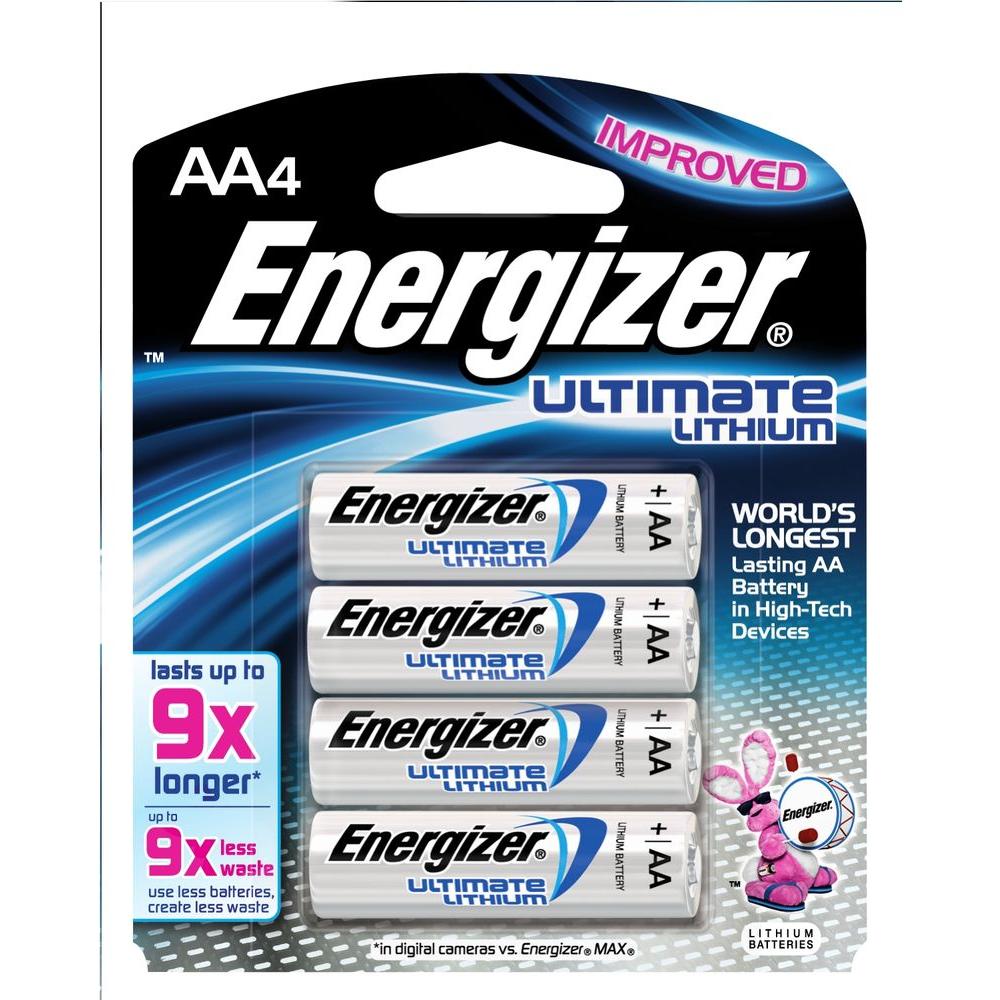
Image Source:
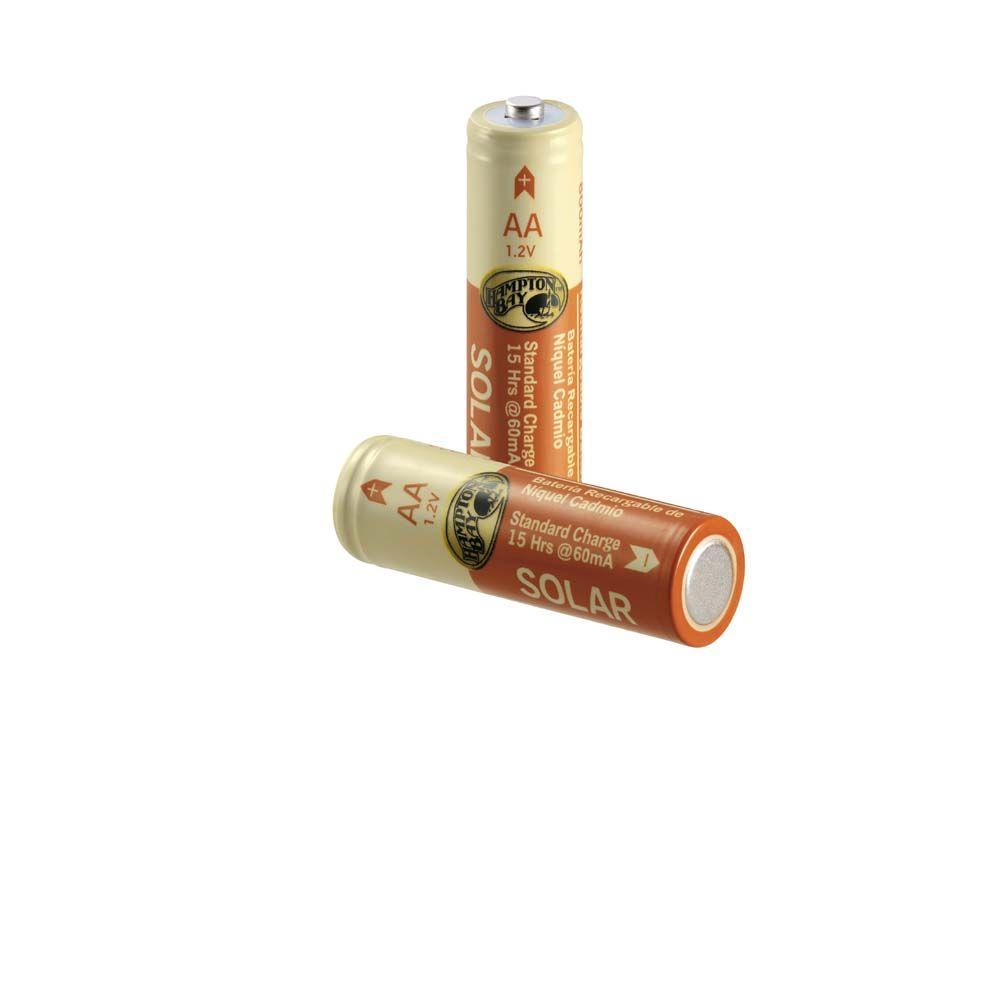
Image Source: